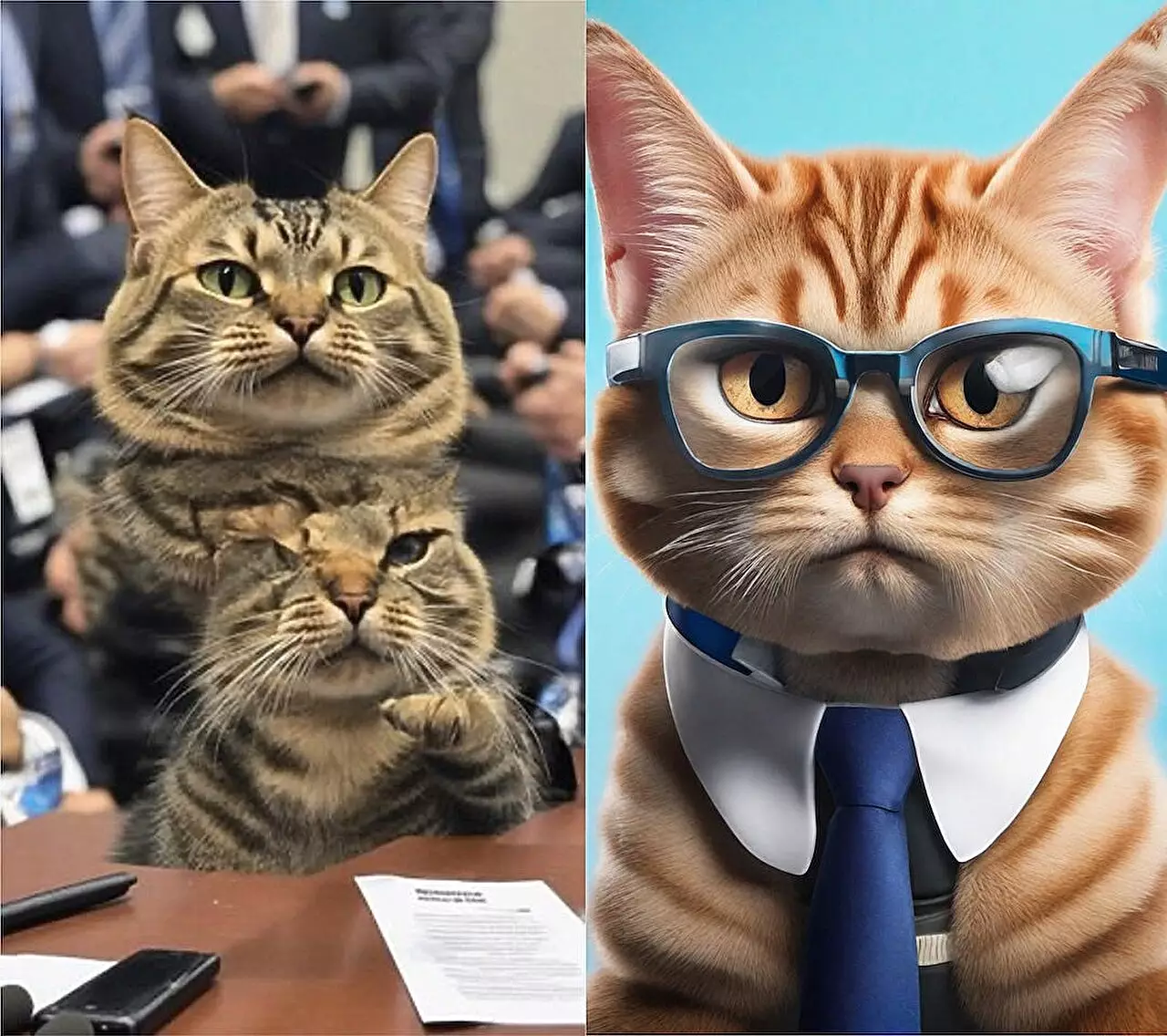Generative artificial intelligence (AI) has emerged as one of the most exciting frontiers in computer science, especially in the realm of image creation. However, despite profound advancements, challenges remain—particularly in image generation consistency. Among these concerns are difficulties in rendering certain human features, such as fingers, as well as maintaining facial symmetry. To add to the complexity, these AI models struggle significantly when tasked with creating images of varying sizes and resolutions. To address these shortcomings, researchers at Rice University have developed a novel method named ElasticDiffusion that aims to enhance the performance of pre-trained diffusion models.
Diffusion models, which include popular models such as Stable Diffusion, Midjourney, and DALL-E, indeed produce visually impressive and almost lifelike images. The issue arises primarily from their inherent design—most of these models are limited to generating images in a square format. This limitation becomes particularly problematic in today’s world, where diverse displays such as smartphones and widescreen monitors are prevalent, necessitating various aspect ratios.
When users prompt models like Stable Diffusion for non-square images, they often receive outputs with strange visual artifacts, including repeated elements that result in peculiar deformities. For instance, a generated image of a human figure might inexplicably feature an individual with six fingers or unrealistic proportions in various objects like cars. This phenomenon can largely be attributed to the models being overfitted, meaning that they perform well on the types of data they were trained on but falter when producing outputs diverging from that training. The fundamental problem lies not only in the architecture of the models but also in the extensive computing resources required to broaden their training beyond a singular resolution.
In addressing these significant limitations, Moayed Haji Ali, a doctoral student at Rice University, proposed ElasticDiffusion. The approach fundamentally changes how images are synthesized by separating the pixel-level detail information from the broader image context. Haji Ali explains that traditional diffusion models conflate local and global data, resulting in a struggle when rendering non-square images.
In ElasticDiffusion, local signals—capturing intricate details such as the contours of an eye or the texture of animal fur—are isolated from global signals, which delineate the overall outline and context of the image. By implementing this separation, the potential for visual inaccuracies decreases notably. The model operates through two distinct generation paths: the conditional path considers the specific attributes of the image, while the unconditional path retains the necessary broad information regarding the intended content and aspect ratio.
Through this innovative method, ElasticDiffusion fills in image details in quadrants rather than attempting to create the entire image simultaneously. This strategic approach minimizes the risk of data redundancy while enhancing the quality of generated images across varying aspect ratios.
The implications of Haji Ali’s research are profound. By introducing a more flexible framework for image generation, ElasticDiffusion envisions a future where generative models could adapt to virtually any aspect ratio without incurring additional training costs. However, it’s essential to acknowledge the primary drawback at this stage: the processing time for generating images with ElasticDiffusion is approximately six to nine times longer than that of traditional models.
The overarching goal for Haji Ali and his colleagues is to refine this method further, ultimately achieving a reduction in inference time to match that of contemporaneous diffusion models like DALL-E or Stable Diffusion. The research will most likely focus on optimizing the process while maintaining the integrity of the generated images.
The developments at Rice University represent a significant leap toward resolving longstanding issues in image generation through generative AI. By strategically addressing the limitations posed by current diffusion models, researchers like Haji Ali are paving the path for a more versatile and efficient approach to AI-generated images. As this field evolves, the potential for practical applications across various industries—ranging from digital content creation to virtual environments—expands significantly. With ongoing improvements, the day may soon come when we can confidently utilize generative AI for a wide array of image formats without sacrificing quality or consistency.

